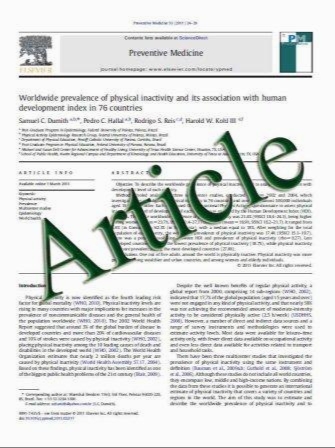Ventriculoperitoneal shunt malfunction from cerebrospinal fluid eosinophilia in children: case-based update
- نوع فایل : کتاب
- زبان : انگلیسی
- مؤلف : R. Shane Tubbs , Mitchel Muhleman , Marios Loukas , Aaron A. Cohen-Gadol
- چاپ و سال / کشور: 2011
Description
Introduction Malfunction of cerebrospinal shunts is common and is due to multiple etiologies ranging from obstruction due to infiltrated brain tissue to mechanical disconnection. Discussion We review the differential diagnosis and recommended evaluation and treatment for cerebrospinal fluid (CSF) eosinophilia. Illustrative case We report a child who, following the use of an antibiotics-impregnated ventricular catheter, developed sterile ventriculoperitoneal shunt malfunction thought to be due to profound CSF eosinophilia. Following removal of the catheter, the eosinophilia spontaneously resolved, and at long-term follow up, the patient has a functioning nonantibiotic impregnated shunt catheter. Conclusions Patients presenting with signs of shunt malfunction but without signs of CSF infection and with a raised CSF eosinophilia should be suspicious for cellular obstruction of their shunt system, i.e., sterile shunt malfunction.
Childs Nerv Syst DOI 10.1007/s00381-011-1530-x Received: 8 June 2011 / Accepted: 7 July 2011


